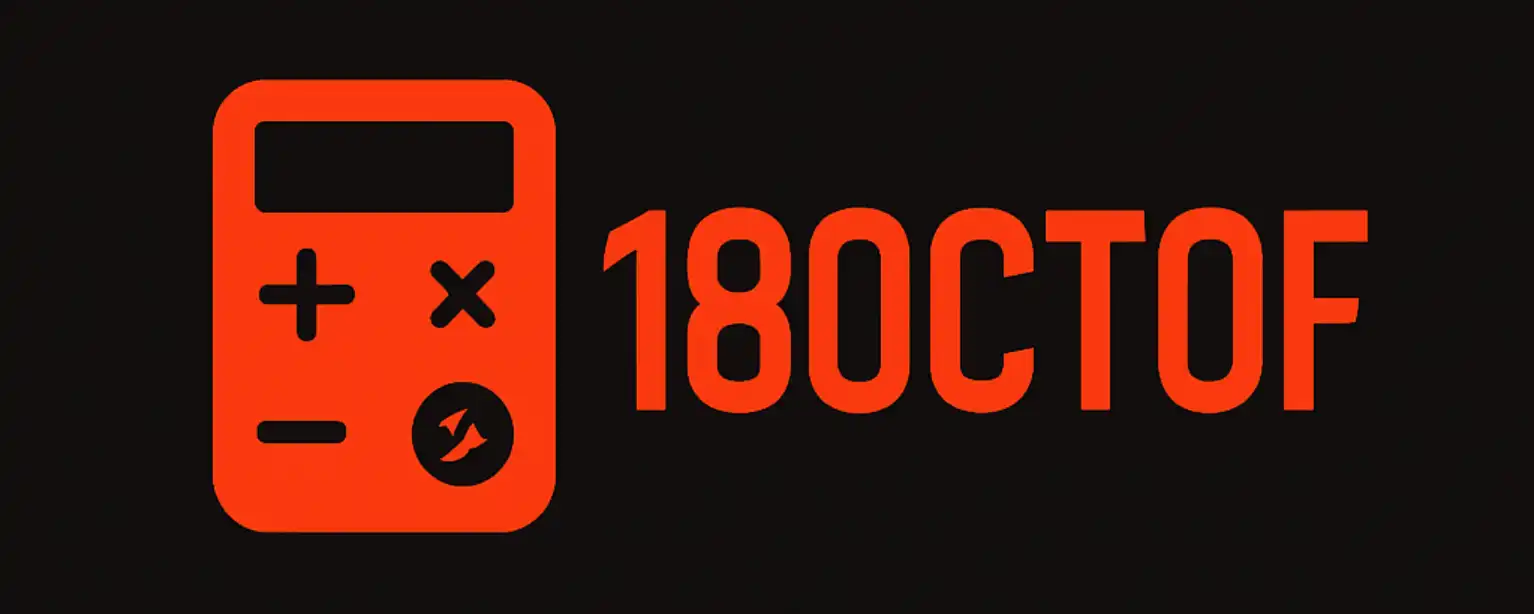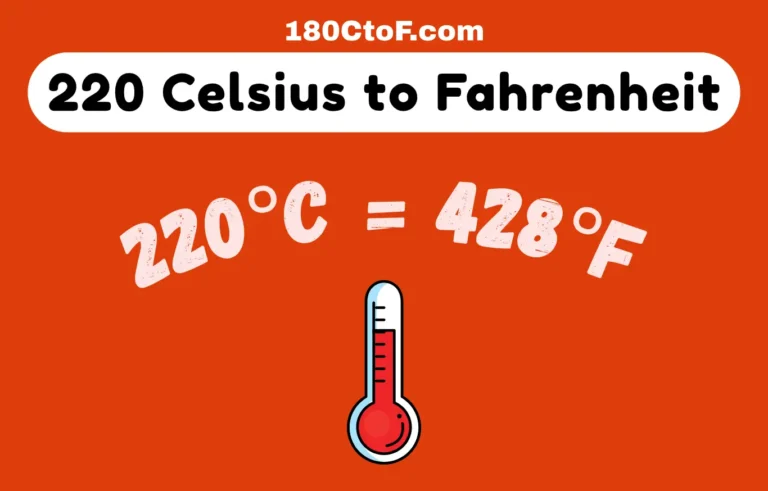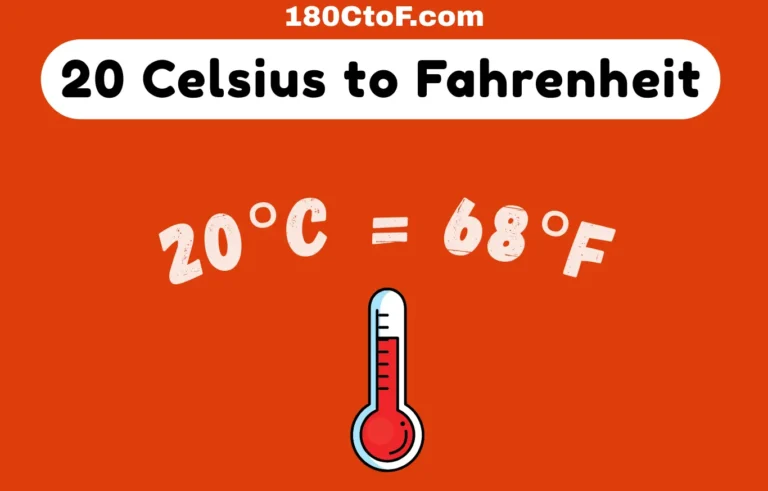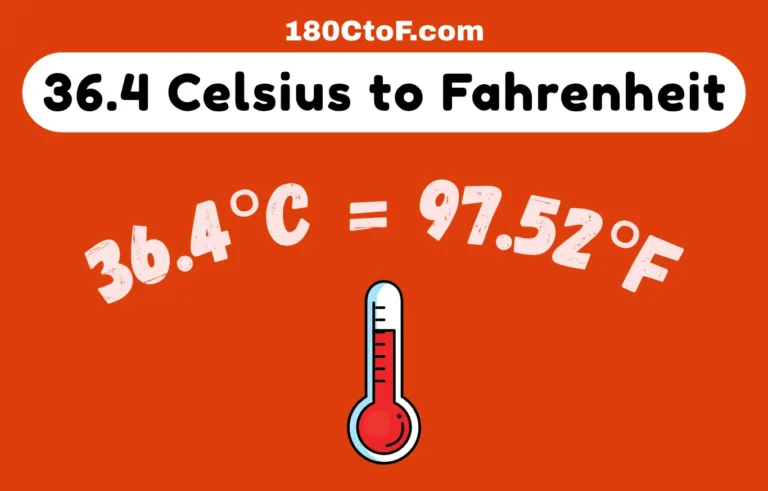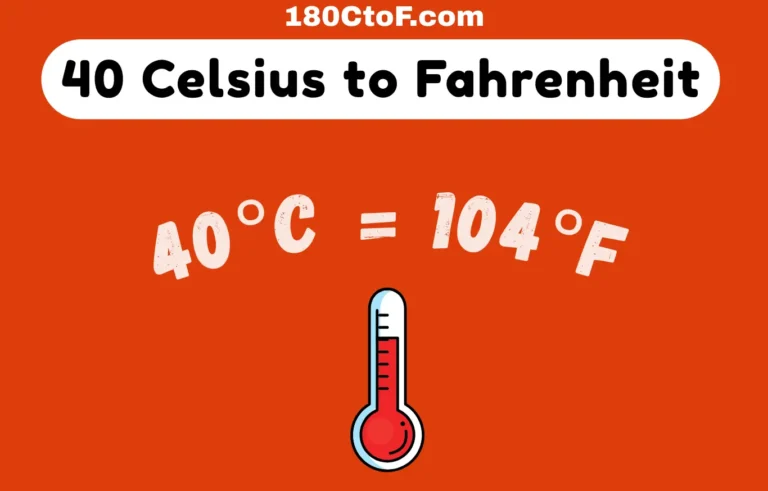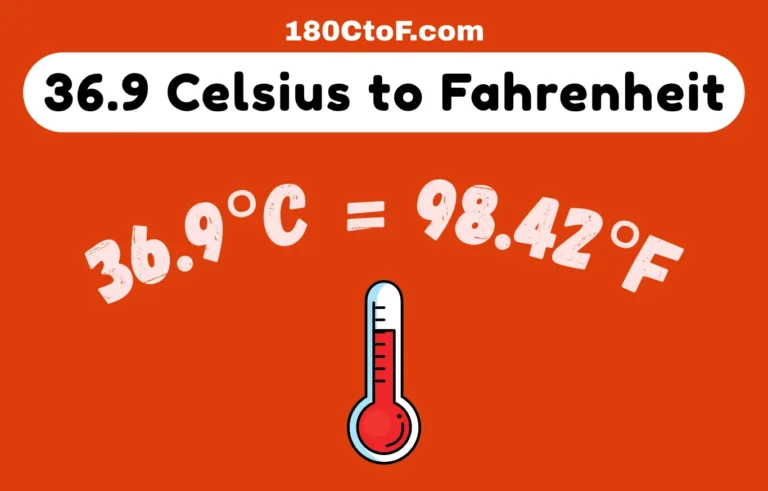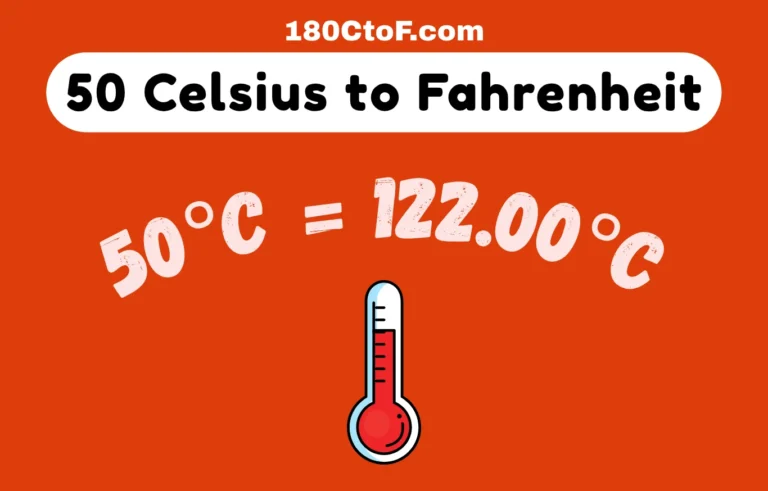37.1°C to °F – Convert 37.1 Celsius to Fahrenheit Easily
Sometimes temperature conversions can be confusing, if you are not sure about how to convert 37.1 Celsius to Fahrenheit, whether you’re checking a temperature, converting for travel, or just curious about international weather forecasts.
In this article, we will explain how to convert 37.1 C to F by using a precise formula, conversion tips, and a comparison chart.
Convert 37.1 Celsius to Fahrenheit with our Calculator
Without manual calculations, you can quickly convert 37.1 Celsius to Fahrenheit using our fast and reliable converter tool, which gives accurate results. Convert 37.1°C to Fahrenheit at any time, whether you’re checking if it indicates a fever or planning for travel and weather conditions. You do not need to remember any formula; effortlessly, you get the conversion in seconds. If you’re curious about other temperature conversions, you can check our detailed guide on how to convert Celsius to Fahrenheit for a step-by-step explanation.
37.1 Celsius to Fahrenheit Formula Explained
Here is the standard formula to convert Celsius to Fahrenheit. Once you understand the formula, converting 37.1°C to °F is simple.
- °F = (°C × 9/5) + 32
Let’s break down how this works with 37.1 C to F
- °F = (°C × 9/5) + 32
- 37.1 × 1.8 = 66.7
- 66.78 + 32 = 98.78
- So, 37.1°C equals 98.78°F.
Example 1: Convert 25°C to Fahrenheit
- °F = (°C × 9/5) + 32
- Multiply 25 by 1.8:
- 25 × 1.8 = 45
- Add 32:
- 45 + 32 = 77
Thus,
- 25°C = 77°F
Example 2: Convert 10°C to Fahrenheit
- 10 × 1.8 = 18
- 18 + 32 = 50
So,
- 10°C = 50°F
These examples show how easy it is to convert any Celsius temperature to Fahrenheit.
37.1 C to F Temperature Conversion Chart and Nearby Values
This chart helps you directly check if a temperature is normal, slightly raised, or shows a fever. In this conversion chart, 37.1 °C equals 98.78°F.
According to the temperature description column, this is considered: “Slightly elevated/normal.
Celsius (°C)
Fahrenheit (°F)
Temperature Description
36.7°C
98.06°F
Normal body temperature
36.8°C
98.24°F
Normal
36.9°C
98.42°F
Normal
37.0°C
98.60°F
Normal average temperature
37.1°C
98.78°F
Slightly elevated / normal
37.2°C
98.96°F
Mild elevation
37.3°C
99.14°F
Borderline mild fever
37.4°C
99.32°F
Mild fever
37.5°C
99.50°F
Low-grade fever
Is 37.1 C to F a Normal Body Temperature or a Fever?
37.1 °C in Fahrenheit is equivalent to 98.78°F, which is considered a normal body temperature for most people. Although it’s slightly higher than the average of 37.0°C (98.6°F), it does not constitute a fever. Medical experts commonly refer to a fever as one that starts at 37.5°C (99.5°F) or higher. So, if your temperature is 37.1°C, there’s no need to worry; it’s still within the healthy range. It could simply reflect natural fluctuations due to time of day, activity level, and the method of measurement (oral, axillary, etc.). If you’re running a slightly higher temperature, see what 37.5°C equals in Fahrenheit or 37.8°C in Fahrenheit to know how it compares to a mild fever.
Is 37.1°C (98.8°F) a Fever in Adults?
In adults, 37.1°C (98.78°F) is not classified as a fever. Normal body temperature fluctuates from person to person but typically ranges from 36.5°C to 37.2°C (97.7°F to 98.96°F). At 37.1°C, most adults are considered to have a normal body temperature, but if they start feeling tired or unwell, they should consult a doctor or a grown-up.
Is 37.1°C (98.8°F) a Fever in Children?
For children, a temperature of 37.1°C (98.78°F) is not considered a fever. Kids’ body temperatures can vary throughout the day. So, if a child’s temperature is 37.1°C, it means the child is delicate, possibly just a little warm, or has a slightly elevated temperature without a fever.
Children can sometimes respond differently to temperature changes; it’s essential to watch for other symptoms, such as frustration, lethargy, or a poor appetite, if their temperature is slightly elevated. 37°C to °F gives you a quick reference for typical body temperature.
How to Manage Low-Grade Fever: Understanding 37.1°C to °F
Dealing with a low-grade fever can be challenging, especially when trying to interpret different temperature readings. A low-grade fever typically ranges between 99°F (37.2°C) and 100.4°F (38°C). When you see 37.1°C in Fahrenheit, that is approximately 98.78°F, which falls just below this range.
Knowing this helps you decide when to rest, hydrate, or go for medical advice.
There are a few practical tips on managing low-grade fevers calmly and confidently, whether you’re caring for yourself or a loved one.
- A low-grade fever typically indicates that your body is effectively fighting off an illness.
- You can regulate your body temperature by drinking a lot of water, herbal teas, or Soups.
- Avoid Intense physical activity to give your body the energy it needs to fight infection.
- Use lightweight clothing to avoid trapping heat and raising temperature.
- Common medicines like acetaminophen (Tylenol) or ibuprofen (Advil) can help reduce fever; however, follow the instructions on the medicine label.
- If fever or symptoms remain for three days or worsen rapidly, seek medical advice promptly.
For cooler readings, you can also check 30°C converted to Fahrenheit or try other temperature ranges like 50°C to °F for higher heat values.
Why Do We Convert 37.1°C to Fahrenheit?
Many people are searching to convert 37.1 degrees Celsius to Fahrenheit, because they are trying to understand what that number means in everyday situations, especially when it comes to body temperature.
It equals 98.78°F, which is slightly above the average human body temperature of 98.6°F but still within the normal range.
It’s also helpful when someone is traveling abroad, using thermometer apps, cooking instructions, or simply learning something new; it helps to know how to convert between these two systems. For even more quick temperature conversions and valuable tips, visit our main page, 180°C to °F, where you can find multiple conversion guides at your fingertips.
Frequently Asked Questions (FAQs)

Heather M. Archambault
Heather M. Archambault, PhD, is a meteorologist and research scientist with decades of experience in atmospheric science and climate modeling. As the founder of 180 C to F, she brings scientific accuracy to every temperature conversion tool and guide. Her mission is to make complex temperature concepts clear and accessible to all.
